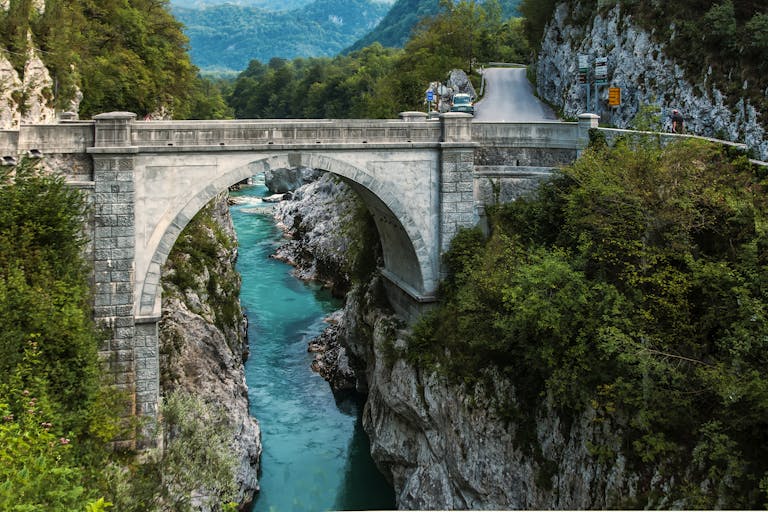From the back office to the innovation hub: the new role of CEE in European business
In the current reality of the European technology market, the ability to scale and the resilience of business models are no longer an advantage, but a necessity. Having spent a significant part of my professional life building enterprise software and development teams across Central and Eastern Europe, I have seen firsthand what works and what collapses under the weight of complexity. At 3 Hazel Tree Partners, we work with portfolio company CEOs, CTOs, and investment partners to help transform this complexity into a high-performance engine. What follows is not a framework or a sales pitch—it is a living blueprint, forged in the realities of delivery in sectors such as FinTech, MarTech, and TMT.
Central and Eastern Europe has moved beyond the tired narrative of being merely a cost-advantaged outsourcing zone. Kraków, Bucharest, Prague—these cities now drive enterprise transformation across Europe. They are no longer second-tier teams executing backlogs from Western European headquarters. They lead innovation, influence product architecture, and bear full end-to-end responsibility. What makes this change real is not just talent or the time zone. It’s that companies are finally learning how to embed CEE teams within their strategic core—not just as delivery satellites, but as the driving force of scale.
The foundation for excellent delivery mechanisms is not code, but a well-defined structure and responsibility. It is a mistake to think that technology is the starting point. Ownership must be precise. Accountability for results must be clearly assigned. Development teams succeed when leadership grants them real autonomy and measures their work with metrics that matter—velocity, stability, uptime, and budget, not empty KPIs. A scalable governance model must be built early. If you wait until you have 100 people on board, it’s already too late. You’ll be debugging the organizational chart instead of the product.
Speed itself is not the goal. Predictability is. If your nearshore model can deliver a sprint but collapses under the pressure of SLA-driven expectations, you haven’t built an engine—you’ve created a liability. Teams must operate with service discipline. I have seen how this transforms development teams: squads given clear service thresholds, defect expectations, and release targets—not as a form of surveillance, but as a source of pride. When engineers know their code reaches customers smoothly, securely, and on time, everything changes. Testing becomes proactive. Quality Assurance (QA) ceases to be a bottleneck. “Firefighting” becomes the exception, not the job description.
However, none of this matters if the product itself is flying blind. The misalignment between product strategy and delivery execution is still the most common cause of failure I observe. The solution is not complicated, but it requires discipline. Product planning requires close collaboration between different company departments. Product owners in Amsterdam must sync with engineering leads in Kraków in real-time—not just through ticketing systems and status calls, but through shared ownership of outcomes. A key success factor is empowering local nearshore teams to conduct the product discovery process. When local teams only have execution mandates, they become disengaged. But when they help shape the roadmap, define success, and test hypotheses, they thrive and co-create value for clients.
Regulatory and security expectations, especially in sectors like banking and insurance, add another layer of complexity. Yet, too often, compliance is an afterthought. This is a mistake. In our history, we have repeatedly integrated compliance teams directly into the sprint cycle. Every feature had to pass a regulatory risk assessment—data residency, encryption standards, access controls—before it left the staging environment. The result? No stressful situations. No implementation delays. Just peace of mind when the auditors showed up.
Talent, of course, is always a key variable. Central and Eastern Europe gives you a choice: you can build, borrow, or buy. Building your own center means having full control over the culture, shaping the organization, and planning for retention. Partnering provides short-term scalability, provided you take a rigorous approach to integration. Increasingly, mergers and acquisitions (M&A) and acqui-hires in this region offer an attractive way to quickly secure teams and intellectual property. However, regardless of the model, consistency is key. Fragmentation kills productivity. Too many tools, too many vendors, too many work styles—you end up managing entropy instead of results.
However, there are blind spots I notice even among the most experienced founders. Some underestimate how much system architecture affects the speed of work. Others still treat Central and Eastern Europe as a way to optimize costs, not to build capabilities. Many are looking for “unicorns”—expecting a single technology leader to transform the entire delivery mechanism without giving them the runway, tools, or support. And then there are those who simply procrastinate. They know they need proper observability, CI/CD processes, and documentation, but it never becomes urgent—until it leads to a catastrophe.
Let me leave you with this thought. Building a technology delivery powerhouse in Central and Eastern Europe is not about finding cheaper developers. It’s about building a culture of performance across borders. This requires structure. It requires faith in local leadership. It requires embedding—not outsourcing—responsibility. But if done right, the hub you build in Kraków or Bucharest will not just be a part of the business. It will become its engine.
At 3 Hazel Tree Partners, we don’t talk about theory—we have acted in practice. We have real projects, management in difficult conditions, and delivered results behind us. If you want to effectively scale your business in Europe, collaborate with those who have been on the front lines, not just watching from the sidelines.







